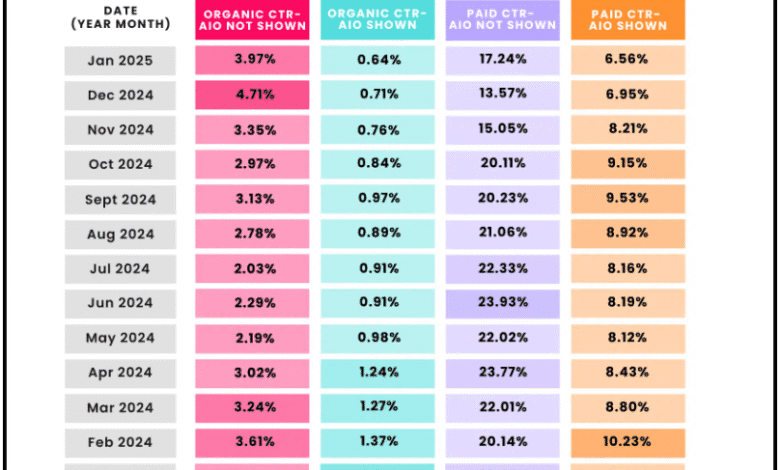Measuring SEO Success in the Age of AI Search

▼ Summary
– AI is reshaping SEO, breaking traditional links between rankings, clicks, and conversions, requiring new metrics to measure success.
– AI-driven search increases content visibility but reduces clicks, as answers are often provided directly in search results (e.g., featured snippets or AI Overviews).
– Bot traffic from AI crawlers now skews analytics, accounting for 51% of web traffic and distorting engagement metrics like bounce rates and conversions.
– Search now happens across multiple platforms (voice assistants, social media, chatbots), making traditional SEO dashboards incomplete for measuring true visibility.
– New success metrics include AI feature visibility (e.g., snippets), brand search trends, topical authority, and journey-based engagement, replacing outdated KPIs.
Measuring SEO success requires fresh perspectives as AI transforms how people discover and consume content online. The familiar metrics that once defined performance now tell only part of the story, with visibility and engagement patterns shifting dramatically across search platforms.
Marketing teams frequently encounter puzzling scenarios where impressions climb while clicks decline – a phenomenon directly tied to AI-powered search features answering queries without requiring website visits. This fundamental change demands updated measurement frameworks that capture true content impact beyond traditional traffic numbers.
Why conventional analytics fall short
Standard SEO dashboards struggle to reflect three critical developments reshaping search behavior:
- The zero-click search effect Content appearing in featured snippets or AI overviews often satisfies user intent directly on results pages. While this boosts brand visibility, it simultaneously reduces click-through rates. One health information provider saw impressions jump 32% year-over-year while clicks dropped 17% – a pattern becoming increasingly common.
- Bot traffic distortion Automated crawlers now account for over half of all web traffic, according to recent industry reports. These AI systems scan content for their knowledge bases, artificially inflating metrics like page views while providing no conversion potential.
- Multi-platform search fragmentation Queries now happen across voice assistants, social platforms, and specialized apps – environments where traditional tracking tools have limited visibility. When Alexa pulls recipe details from your site or ChatGPT references your research, these valuable interactions rarely appear in standard analytics.
Adapting metrics for AI-driven search
Visibility in AI features has become a crucial success indicator. Track appearances in:
- Featured snippets and knowledge panels
- “People Also Ask” sections
- AI-generated summaries
- Voice search responses
Brand search trends reveal awareness impact. Monitor branded query volume as users who encounter your content through AI interfaces often later seek your brand directly.
Topical authority signals now carry more weight than individual keyword rankings. Assess:
- Comprehensive topic coverage depth
- E-E-A-T (Experience, Expertise, Authoritativeness, Trustworthiness) indicators
- Structured data implementation rates
Journey-based engagement provides clearer performance insights when segmented by:
- Awareness: Impressions and brand mentions
- Consideration: Return visit rates and content interactions
- Conversion: Assisted conversions where search played a role
Strategic adjustments for measurable impact
Content must serve dual audiences – both human readers and AI systems. Prioritize:
- Clear, answer-focused opening paragraphs
- Machine-readable structure with semantic HTML
- Comprehensive topic coverage over keyword density
Technical foundations require equal attention:
- Expanded schema markup (HowTo, FAQ, Product schemas)
- Optimized mobile experience and page speed
- Strategic internal linking to establish topic clusters
Reporting should connect metrics to business outcomes, such as estimating the media value of featured snippet appearances or correlating search visibility with downstream conversions.
Five immediate next steps
- Audit existing metrics to identify outdated or misleading indicators
- Implement tracking for AI search feature appearances
- Develop journey-based measurement frameworks
- Redesign dashboards to include AI-era metrics
- Validate new metrics against actual business results
The most effective SEO strategies now focus on creating content that delivers value wherever users encounter it – whether on your website, in search results, or through AI interfaces. By evolving measurement approaches alongside these changes, marketers can demonstrate true impact in an increasingly complex search landscape.
(Source: Search Engine Land)



